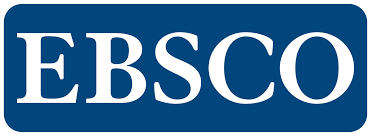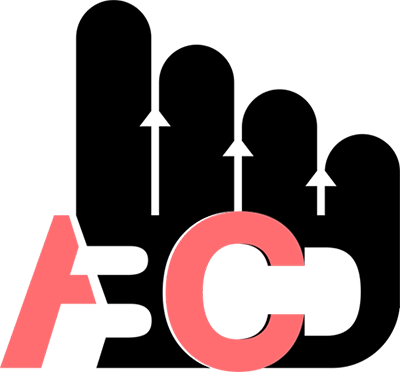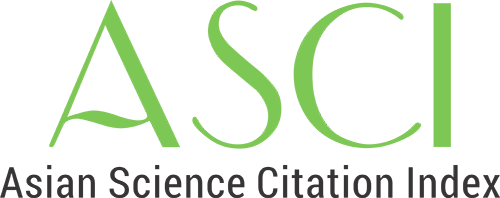Significant physiological, economic, and societal burdens are brought on by dental caries. It hurts healthcare economics and life quality. This load was created by several factors. Lack of access to dental care and effective early caries identification are two of the biggest issues. One sustainable way to expand access to dental care is through teledentistry. Furthermore, teledentistry is widely employed in the recognition of dental caries. The purpose of this study was to examine the literature about the precision of caries detection using teledentistry technologies in contrast to traditional clinical assessment. The following keywords were used to search peer-reviewed literature in various databases without time limits: "Accuracy," "Dental caries," "Detection," "Diagnosis," and "Teledentistry." We found 22 pertinent papers in three primary contexts. Six of the research studies were carried out in dental clinics, and five in-vitro settings, while the remaining trials were conducted in public places, mainly schools. Comparing teledentistry for caries identification to a traditional visual dental examination, we found that it had high sensitivity and specificity. Teledentistry applications might be used to reliably diagnose dental caries. The usage of smartphones for teledentistry applications is on the rise.






